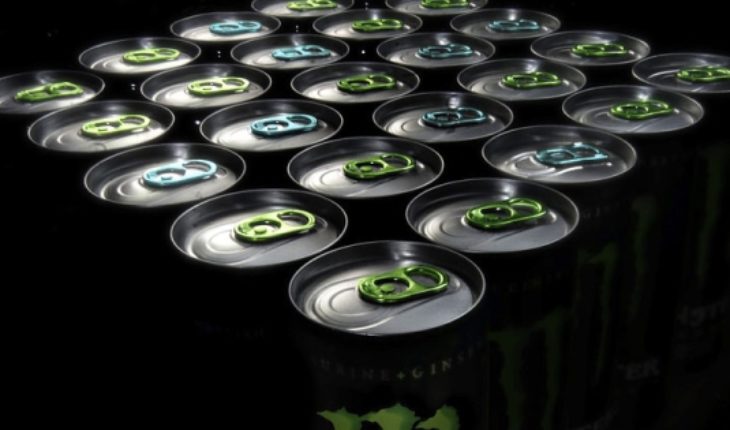Without even using television advertising, Monster Beverage Corportation ranks as the highest growing company on the stock exchange so far in the 21st century. The numbers are exorbitant: over the past two decades their shares have risen by 60,000%.
Monster’s growth is much larger than its nearest competitors. Netflix, the second largest stock market company, was 25,200% higher, less than half that of energy.
A few years ago the brand made an alliance with Coca-Cola, being also its largest shareholder (with 16.7% of the company). With the move, Monster strengthened its position in the market and achieved a value of US$30 billion.
That’s not where the success figures end. The green logo drink has had an annual increase of 23% in its income.
How did you do it?
How did Monster achieve that boom in popularity and revenue? We were ahead of the clock: to do without television. And to that we must add an advertising orientation – semi-detached of various commercial strategies – to a very specific audience.
The firm was born in 2002, 15 years after Red Bull. It seemed that the market for energy drinks was already monopolized by the Austrian company, but nothing further from reality.
While Red Bull opted for a “premium” character, his rival turned his attention to the teenage audience, estimates publicist Juan Polo according to El Confidencial.
Monster usually sponsors extreme sports events, such as the Motocross World Cup or metal, rock or rap concerts. They were even present at the “fight of the century” disputed by Floyd Mayweather and Conor McGregor. In this way the firm has managed to agency a space of niche publicthatthey that have failed to reach the corporate hands of other companies in the field.
The advertising work of the drink must be added to its flavor. “They managed to remove the medicine flavor that is criticized so much in these drinks, with a wide range of flavors: from lime to one to remove hangover,” adds Polo.
Problems loom
But it wasn’t all honey on flakes. Since March, the company’s shares have declined by about 15%. That’s where there are different reasons.
One of them is the large amount of sugar the drink has (each can has the equivalent of 12 tablespoons of sugar and three cups of coffee).
The exaggerated proportion of sugar and caffeine led the UK to ban – since 2018 – the sale of Monster drinks to under-16s in the country’s major supermarket chains. Even in Chile authorities alerted about their consumption by high levels of caffeine.
However, one of the main reasons for the firm’s stock decline is due to the entry of new competitors into the market. Brands like Bang or Solimo, under the amazon eaves, are already being made a space in the field.
Conflict with Coca-Cola
But not only Bang or Solimo are coming into competition, so is Coca-Cola doing coca-cola Energy in Europe. With this, Monster will compete against its main shareholder.
The stock market’s flagship brand made Coca-Cola’s decision as an affront, as both had established an agreement that the field of energy drinks would be exclusive to Monster. The case was taken to court and the judge ruled that Coca-Cola Energy could continue to be sold and distributed.
translated from Spanish: Monster: the energy drink that breaks the parameters on the stock exchange with a 60,000% growth in its shares
December 11, 2019 |





